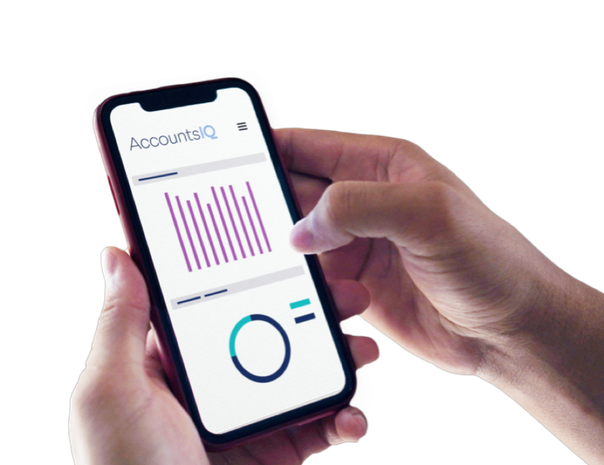What’s the purpose of bank reconciliation statements?

What is a bank reconciliation statement?
A bank reconciliation statement (BRS) is a statement that a company prepares on a particular date to match the bank balance indicated in its cash book with the balance shown by the bank’s passbook. The statement displays the reasons for the differences between the two. A company can prepare a bank reconciliation statement at any time during the financial period. Read our blog to learn more about why you should prepare a bank reconciliation statement.
It is not compulsory to prepare a bank reconciliation statement and there’s no fixed date for preparing one. However, diligent finance teams will conduct bank reconciliations on a periodic basis. They do this mainly to check that all bank-related transactions are recorded properly in their cash book’s bank column and also by the bank in their books.
What is the purpose of a bank reconciliation statement?
The purpose of this bank reconciliation process is to detect any errors in recording transactions. It also means the business has an up-to-date and accurate view of its exact bank balance on a specified date. This can help spot any unusual or irregular payments that might indicate fraud.
How often should you produce bank reconciliation statements?
The more frequently you produce bank reconciliations, the more accurate your financial management will be, with reduced chances of error or irregularities. It’s good practice to prepare a bank reconciliation statement every time you receive a statement from the bank - for large businesses this may be on a daily basis. For most organisations, bank reconciliation usually occurs at the end of each week.
Reasons for preparing a bank reconciliation statement
There are several reasons why bank reconciliation is necessary. These include:
Identifying any accounting errors
Accounting errors, such as missed or double payments, are not uncommon. Bank reconciliation helps you to spot such accounting errors early. Most businesses want to know of any issues before they cause embarrassing (or worse) situations.
You don’t want your cheque or payment to bounce on an important customer. And your team doesn’t want to have to deal with calls from irate suppliers. A bank reconciliation will ensure you know exactly which payments have been released.
Many companies are realising the benefits of investing in digital finance software and automating key processes, including bank reconciliations. This drives greater efficiency in their business and saves company resources. It also allows finance teams to spend more time on value-add tasks, such as evaluating data to inform company strategy and key decisions.
Managing risk
Bank reconciliations will help you to spot fraudulent transactions and reduce the risk of transactions that could cause penalties and late fees.
Tracking interest and fees
Regular bank reconciliations ensure you can keep track of all interest payments, fees or penalties your bank might add to your account. You can then add or subtract such amounts in your books.
Confirming receivables
Bank reconciliations allow you to confirm all your receipts. You’ll avoid the embarrassment of chasing payments that have already been received and you’ll spot any entries for receipts you didn’t deposit.
Cash control
Another important reason to perform a bank reconciliation is to improve internal control over your company's cash. Ideally, the reconciliation will be done by someone other than the person handling and recording receipts and payments. This reduces the risk of anyone using the company's cash improperly.
Improve accuracy and confidence in your balance sheet
You (and other stakeholders) need to know that the amount of cash that is reported on your company's balance sheet is accurate. The purpose of a bank reconciliation is to ensure the additions and deductions on the bank statement are compared (or reconciled) with the items that are entered in your company's general ledger.
If there are differences, such as outstanding payments or deposits in transit, they can be noted as timing differences. As most companies use the double-entry system of accounting, any omission or error in the company's general ledger cash account also means that at least one other general ledger account will have a corresponding omission or error. The bank reconciliation could prevent this omission from occurring.
Modern bank reconciliation software fully automates these processes. It enables you to:
- Periodically reconcile your bank accounts to account for charges and unanticipated transactions
- Save time and deal with discrepancies faster with live bank feeds
- Close each month faster and with greater confidence.
Read more about the benefits of finance automation.
What’s the difference between cashbook and bank reconciliation?
Cashbook balances record all of the transactions that are added to an organisation's ledger, whereas bank reconciliation statements indicate the cash balance on the final bank statement.
Accounting software designed for your growth needs
Request a demo



